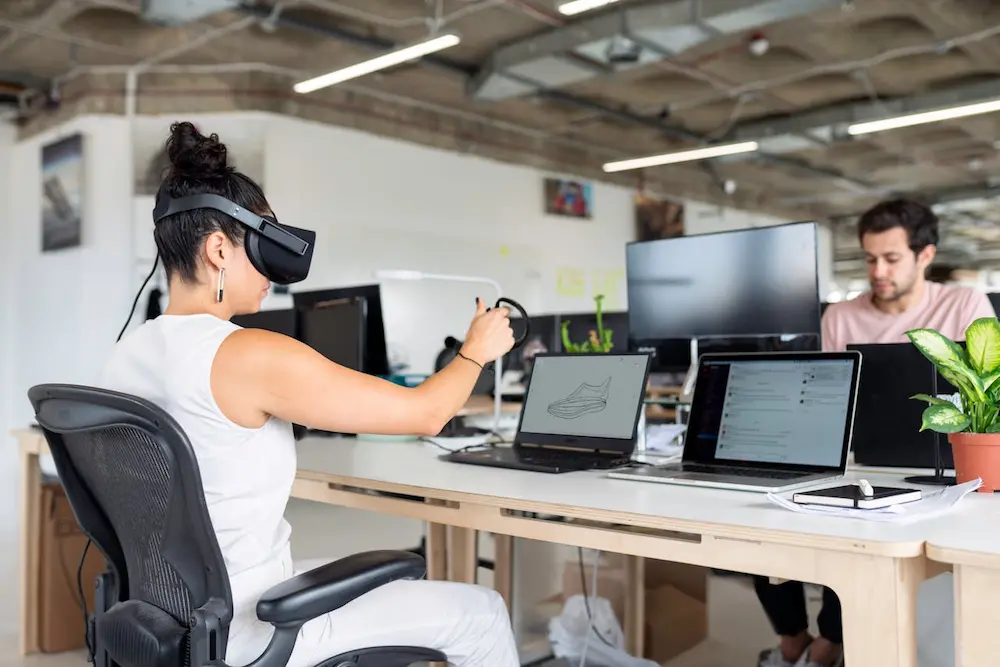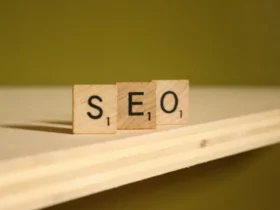The importance of technology in the ever-changing environment of worldwide employment and corporate growth cannot be emphasized. This is especially true for the rapidly developing industry of Employer of Record (EOR) services, which are transforming how companies handle worldwide human resources. In this extensive exploration, we will examine the critical technological advancements that are shaping EOR solutions, understand their impact, and how businesses can leverage them effectively.
EOR Explained
Before we jump into the tech-driven evolution, it’s critical to grasp the fundamentals of EOR in today’s context. Employer of Record is a service where a company, for a fee, becomes the legal employer of a company’s workers. EORs specialize in all aspects of HR, payroll, and compliance and are becoming increasingly essential for businesses expanding into new international markets. When speaking about Employer of Record, AYP, instant onboarding, payroll automation, and global tax compliance are some of the companies that come to mind – all of which we’ll cover in-depth later. This service model enables companies to focus on their core business, leaving the complexities of global HR and compliance to a trusted partner. It is an attractive solution for businesses looking to expand quickly into new markets without having to navigate tedious legal processes or establish costly local entities.
Artificial Intelligence and Machine Learning
No discussion about the latest technology trends is complete without the mention of Artificial Intelligence (AI) and Machine Learning (ML). In the realm of EOR services, these technologies are being harnessed to automate routine tasks, such as payroll and tax filings. AI’s predictive capabilities and ML’s adaptive algorithms allow EOR service providers to offer insights into recruitment, operations, and risk mitigation. These predictive analytics arm businesses with the foresight to make agile and informed decisions, contributing significantly to their long-term success.
Cloud Computing and Cross-Border Integration
Cloud technology has been a game-changer for EOR services, enabling seamless management of global employee data and HR functions across various geographies. With EORs operating on a cloud-based platform, clients can access real-time information, scale their operations, and ensure that their HR and employment records are compliant with local regulations. This is especially critical for businesses that need to manage cross-border employees efficiently.
Blockchain for Verification and Compliance
In an era where data protection and compliance are top priorities, Blockchain technology offers EORs a robust solution for maintaining secure and tamper-proof employee records. With its ability to store data across a network of computers, Blockchain brings transparency and verifiability to employee records, ensuring that compliance is not just a promise but a provable status.
Mobility Solutions for a Global Workforce
A mobile workforce needs mobile solutions, and EOR services are keeping pace with developments in mobility technology. Mobile applications for EOR services allow employees to access HR information, submit timesheets, and manage their benefits using their smartphones. Similarly, employers can stay connected and manage their global workforce on the go.
The Internet of Things (IoT) and Physical Security
EOR services are also beginning to incorporate IoT to ensure the safety and security of their global employees, especially those working in physical and hazardous environments. IoT devices can be used for emergency monitoring, real-time health and safety checks, and surveillance of workplace conditions. IoT solutions include wearable devices and sensors that can detect potential hazards, alert authorities in case of emergencies, and maintain an overall safe working environment for employees globally.
The Role of Virtual and Augmented Reality

While VR and AR might seem like futuristic technologies, they are finding practical applications in EOR services, particularly in training and onboarding processes. Immersive technologies provide a simulated environment for employees to familiarize themselves with new roles, cultures, and working conditions without physical presence, significantly reducing the onboarding time and cost. Simulations through VR and AR not only prepare employees for their jobs but also help in team-building across borders and time zones, fostering a cohesive work culture despite physical distances.
Automation and Robotics
The utilization of Automation and Robotics in the delivery of EOR services is increasing operational efficiency and reducing manual errors. Robotic process automation (RPA) is being introduced to handle repetitive administrative tasks, leading to faster turnaround times and improved accuracy in operations. Robotic platforms for document management and processing exemplify how RPA can transform standard procedures into agile and responsive activities, ensuring high-quality and standardized operations across the globe.
Data Analytics and Reporting
EOR services are rich in data, which, when analyzed, can provide valuable insights for strategic decision-making. Data analytics tools are now an integral part of EOR platforms, enabling customized reporting for businesses to track and optimize their global HR performance. Analytics engine offers customizable dashboards that allow businesses to track HR metrics, monitor compliance, and analyze employee performance, all of which are critical components for managing a global workforce efficiently.
For businesses seeking to internationalize their workforce, partnering with an EOR service that invests in technological innovation can mean the difference between operational success and costly compliance errors. By understanding and leveraging the technological advancements in EOR solutions, businesses can not only streamline their global HR processes but also create a resilient and future-proofed global workforce.








